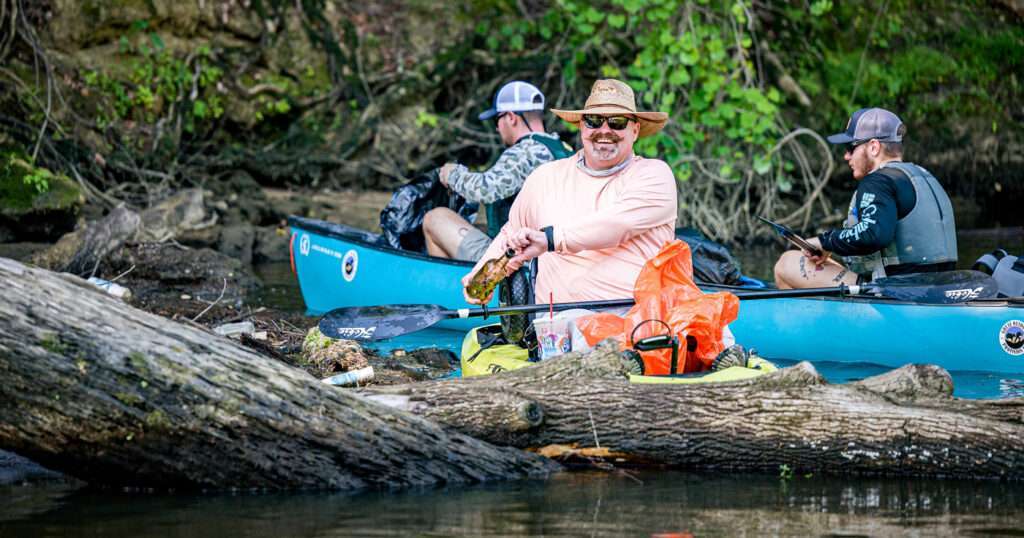Paddling a kayak is a relatively safe activity when you know what to do and how to do it. It can be dangerous, however, if you don’t follow safety precautions or are not aware of the risks involved. This blog post will explore the various risks that kayakers face while on the water and provide tips on how to avoid them!
What are the dangers of kayaking?
Although kayaking can be a relatively safe activity when you’re properly aware of the risks, there are many dangers present for kayakers. Here’s what you need to know about them:
If you are paddling during the wintery month, you need to be extra careful. The water will be ice cold and it will steal your heat with every second submerged in it.
You don’t how to swim, or don’t know how to react in the event you capsize and can no longer use your paddle as a brace, kayaking can pose serious danger to your life.
There are often rapids on rivers. These aren’t like waves at the beach – these are fast enough to flip you over if they catch you off guard! Their currents also have more power than what surfers experience with ocean waves. These power currents could easily push kayakers under and prevent them from resurfacing before getting hit again by another rapid.
How To Avoid Getting Into Dangerous Situations While Kayaking
Here is how you can avoid getting into dangerous situations while kayaking:
- Always wear a personal flotation device (PFD) and make sure you can read the instructions on how to use it in an emergency.
- Stay away from rapids if possible
- Go kayaking with someone who has experience or at least know what they’re doing, even if that means paying for their services!
- Be smart about your gear – don’t buy cheap parts as this is not worth risking your life over! A few hundred dollars extra may seem like too much money but it can save your life. You’ll also have peace of mind knowing that nothing could malfunction due to low quality materials which would increase safety exponentially.
Different Types Of Kayaks
Kayaks are available in different varieties and not all of them are suitable for everybody. There are kayaks for touring, fishing and racing.
- Fishing kayaks – these sit high on the water to allow you to make casts easily
- Touring kayaks – these are usually larger in size than a recreational model, with more stability. They also have longer paddles that provide better propulsion through even choppier waters or when carrying heavy gear.
- Racing Kayak – These are much smaller in design which is not ideal for those who enjoy overnight camping trips. These racking kayaks lack storage space but they excel at speed and agility. These two features make them perfect if you’re planning an adventure race. If this sounds like what you want then go for it! But before purchasing one be sure to do your research.
Accessories That Will Make Your Experience Even Better
Wear kayak safety accessories like life vests. You can purchase these with your kayak or separately. If you’re ever in an accident, this is absolutely necessary for safety! These are also available at most sporting goods stores and if not then they have a great selection online as well.
PFDs (personal flotation device) – Within the past decade there has been more legislation requiring everyone to wear one while on their boat because of how important it is. It’s something that should be worn every time no matter what craft you plan on being out on and its importance cannot be overstated. The best place to go for information about them would either be from a professional who sells them or by watching YouTube videos where people share their experiences.
Always have extra paddle at hand while kayaking alone.
– Here are some other reasons why you should always have a spare:
- If the one in your kayak breaks, which can happen if it’s not made of durable plastic or fiberglass.
- If someone needs to borrow yours and they break theirs then at least there is no panic over who has what!
The best paddle for solo kayaking would be either paddles that collapse together like an oar, or a collapsible bow paddle. These allow you to adjust how wide the blades open so as to make sure that more power isn’t needed when going against stronger currents. It also means less energy used because you’re only using the appropriate amount of force necessary instead of trying to push through.

